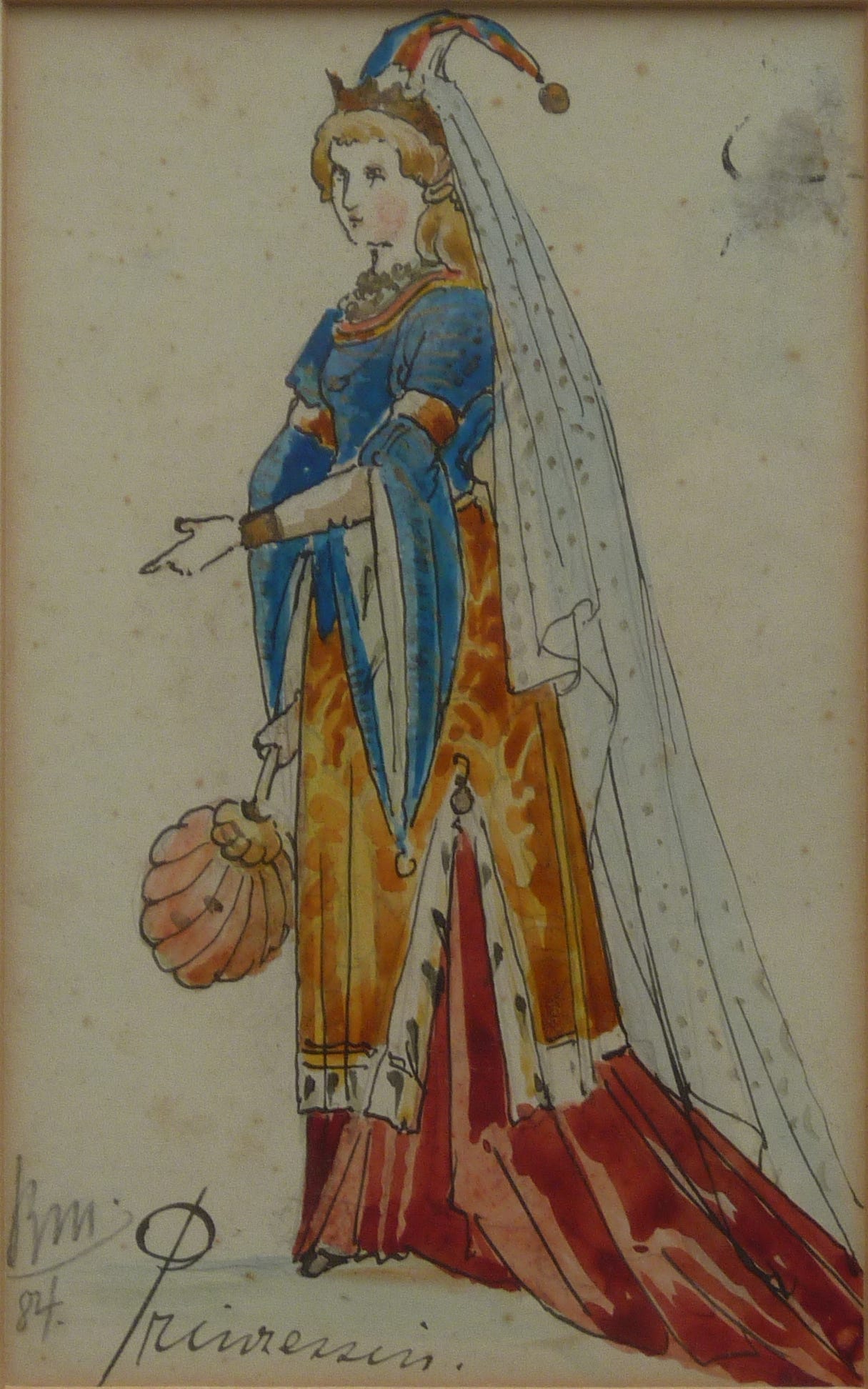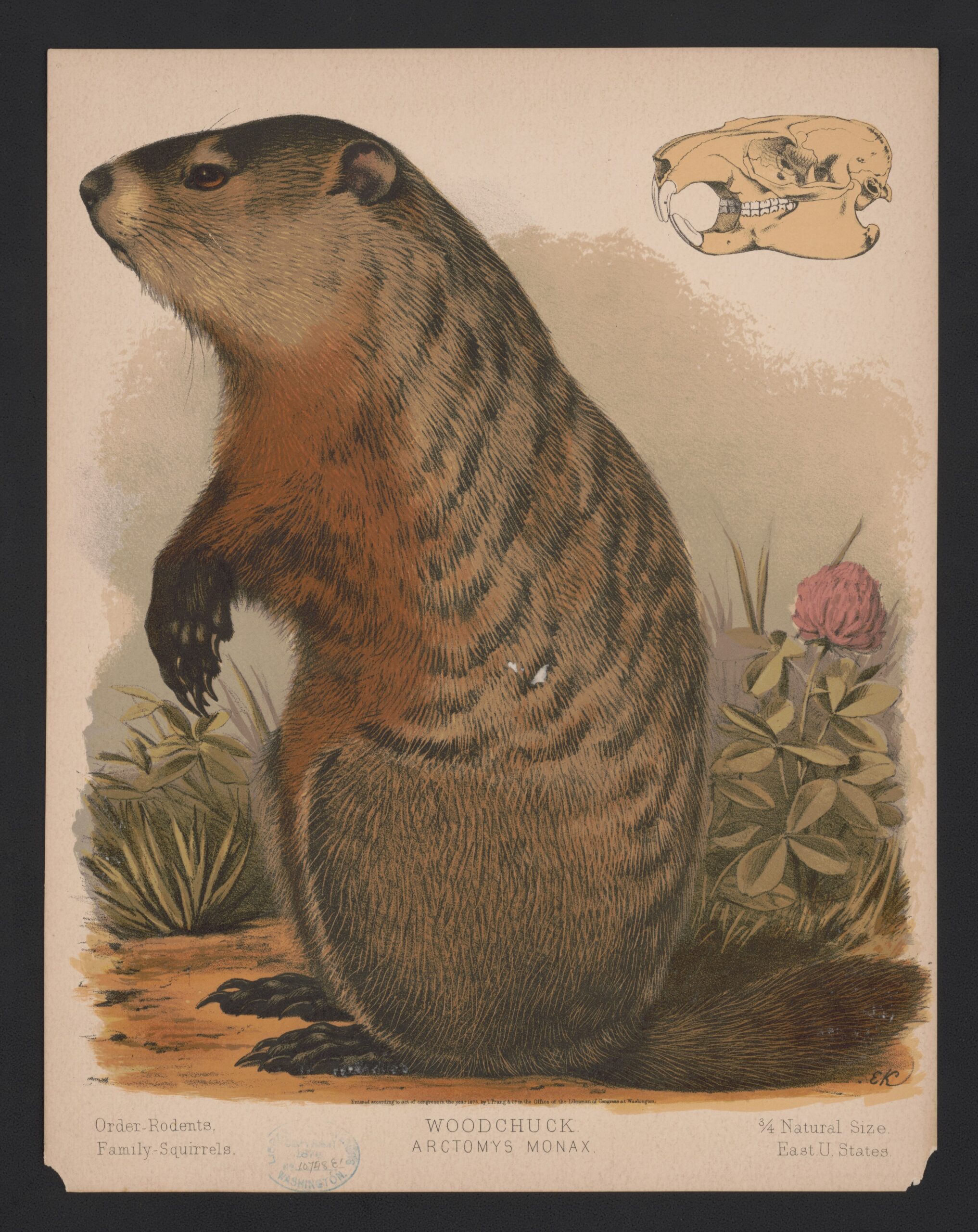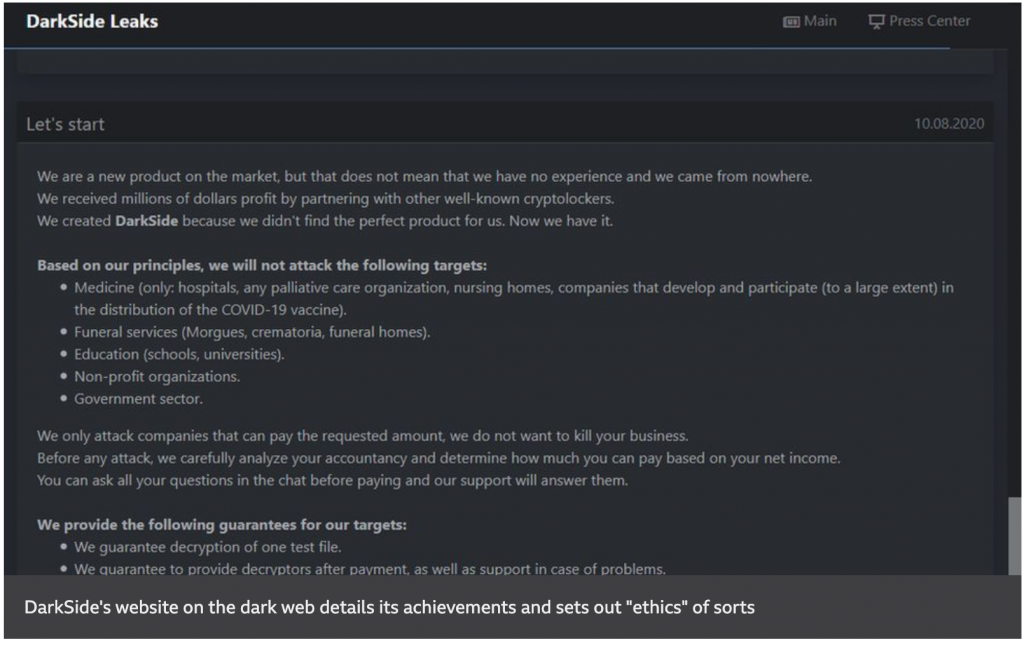Hello lovely people. Months ago now I subscribed you all to my new thing: The Hearthling. Some of you have been receiving it now for a while now. Thanks for reading! But I’ve lately learned that some of you have never heard of it and are sitting here, right now, wondering what’s become of me.
I’m sending you the latest post, in the normal way we used to do things around here. But, if you haven’t been receiving The Hearthling in your inbox, and you’d like to, please subscribe using the button provided below. The version you are receiving will look pretty decent on a phone, but if you are reading from a desktop computer, I would love it if you would click to read the Substack version which is way more pleasant to read.

Imbolc descends from Celtic tradition. On the days that I call February 1 through sundown February 2, on the Earth’s northern hemisphere, we are halfway between the shortest day of the year and the spring equinox, and one-quarter of the way from the shortest to the longest day of the year. Day length is a result of the relationship between the earth and the sun.
In 10th century Irish poetry, Imbolc was noted as the time of year when sheep begin lactating — spring’s beginning in 10th century Ireland and Scotland — providing hope of future warmth via meat, milk, wool, and manure, the possibility of surviving another winter. I am related to people who would’ve set fire to bundles of oats and rushes, performing purification rites in honor of Brigid, goddess of poets, wisdom, healing, protection, and domestic animals. Their survival resulted in me.
And they/we are related to people who would have revered St. Brigid, one of Ireland’s three patron saints, purported friend of St. Patrick and Ireland’s first nun whose skull and hand rest in a Portuguese church. Their piety resulted in me.
Groundhog Day
Groundhog Day is one my favorite movies. It was released in 1993, which means that I would have seen it for the first time with my friends Shannon and Jennifer in a theater in Birmingham, Alabama. I am related to Jennifer and Shannon because we all took English with Ms. Phares and read Catch-22 at the same time. I knew their parents, and their first boyfriends, and they knew mine. Their musical tastes, and the way they ate pizza, resulted in me.
As for the other Groundhog Day, the newspaper stunt arranged in Punxsutawney, Pennsylvania on February 2, 1887 is most likely an adaptation of a German Candlemas tradition involving a badger. Candlemas, an early Christian tradition, was also a purification holiday celebrating the return of light after the dark of winter and it can be traced to 4th century Greece (and probably back to the Roman holiday Februalia).
In Teutonic (and Norse) mythology, Ratatoskr is a squirrel who climbs the world tree, Yggdrasil, and carries messages, including weather reports, between worlds. By medieval times some Germanic peoples had assigned badgers with this weather-prediction role, and this is thought to be related to the complexity of badgers’ dens reflecting the entrances to the nine worlds in Teutonic myth. When the earliest Germans arrived in Pennsylvania, lacking sufficient badgers, their eyes alit on the groundhog.
Via my mother, I am related to early Greeks who cleaned in the returning light, asking life to provide what was needed for the coming year, and to people who would’ve lit candles in places that were not yet called Germany. And via my father I am part Viking, which may explain why the fascination with rodents. The stories and hope of these people resulted in me.
Speaking of rodents, a groundhog is a rodent. (As is a capybara, the largest of all rodents.) Badgers are not rodents but belong to the weasel family where they are related to otters and wolverines. Wolverines are related to the X-men and also to the movie Red Dawn which I accidentally saw too young. Red Dawn is related to Patrick Swayze who is related to my husband (love is love is what I say) who is related to me by means of offspring, a pandemic, and joint debt.
La Chandeleur
I made crepes for breakfast on Sunday. Dave’s father had a stroke and so Dave is in the UK visiting and making arrangements. His father is paralyzed on one side of his body and unable to speak. And we live an ocean away. Maggie was out of town skiing with her scout troop so Sam and I made crepes. He ate one filled with nutella, one with eggs and bacon, one with cherry preserves and chocolate sauce, one with lemon juice and sugar, one with nutella and raspberry jam, one plain and those are the ones I remember. Sam is related to his father who once ate an entire chocolate football, and to his father’s father, who can no longer speak, but whose voice, and love of Welsh cakes, resulted in my son.
When Maggie came home, Sam mentioned the crepes. Oh, we had crepes in French class on Friday, she shared. Because February 2nd is National Crepe Day in France. I became curious and learned that National Crepe Day is also called La Chandeleur, or Candlemas. In one modern explanation: the round shape of the crepes represents the sun and the circle of life, while eating and sharing with others commemorates popes giving food to the poor each year on February 2.
What had prompted me to make crepes? Well, it was Sam, channeling his great-grand’mère. Her love of cooking resulted in him.
Mardi Gras
The date of Easter each year is related to the moon. Roughly (because it is complicated), Easter falls on the first Sunday after the first full moon after the spring equinox. The equinox, though variable depending on locale, for church purposes is March 21. So look for the full moon after March 21, add one week = Easter minus 47 days = Mardi Gras.
This year Mardi Gras falls on February 13.
Mardi Gras is related to me because my grandmother was born in New Orleans and her father’s father’s father’s father as well…. My grandfather, her husband, was born in Mobile, Alabama, capital of Louisiana in 1703 and the location of the first Mardi Gras celebration in the (not yet) U.S.A. I spent five years of my childhood living in Lafayette, Louisiana and my best friend at the time (another Jennifer) moved away to New Orleans. Because her father still worked at the bank with my dad, after they moved he would sometimes fly to my town in a small plane. Once I flew in that tiny two-seater next to him, right in the front, to visit my friend. Many times I ate beignets and gumbo and sat at picnic tables covered with steaming crustaceans that made my lips sting.
I think I went to the parade twice. I know my brother and I made our own floats at home and threw necklaces wearing old dresses and fancy coats. My brother’s companionship resulted in me.
Refrigeration
Before refrigeration, the winter meat was slaughtered in November and was preserved via the cold of winter, nature’s freezer. But then the days get longer, the sun gets closer, nothing is growing yet, and this meat won’t keep for much longer. So what to do??
Carnival is a time for eating all the carne (meat). A Carnival feast was the last opportunity for many people to eat well before the annual end-of-winter food shortage that lasted around 40 days, that is, until spring produce was available. Mardi Gras, Fat Tuesday, was the last day of Carnival when all the remaining winter stores of lard, butter, and meat were shared in feasting, because otherwise they’d rot. After this came Lent, in the Catholic tradition, the more restricted 40 days before the arrival of Easter.
Valentine’s Day
Once I wrote a letter to St. Valentine letting him know that on February 14 every year, in his name, my culture has a tradition of exchanging $18.2 billion dollars worth of cards, sugar, seatrash, and unseasonal and exotic flowers with friends and loved ones. The modern tradition may date back to Chaucer who wrote a few lines referencing an imaginary day celebrating romance, probably linked to Roman Lupercalia, a celebration of the first day of spring.
I studied English literature and Chaucer has been called the father of English literature. He was born in London. I decided to marry my husband in St. James Park. He’s buried at Westminster. I’ve walked on top of Charles Dickens’ skeleton there. Chaucer’s imagination, and willingness to share what he saw, resulted in me. So did Hallmark and Hershey.
Braiding Something
For the past two years my children have had units at school where they are asked to describe their culture. Who are they? Where do they come from? What do we practice? I usually joke to a nearby adult that my best response is “alcoholic fundamentalism.” Which isn’t a fair representation of my husband’s half. And not said with any disrespect to my bloodline. It’s just a cynical joke about some of the reasons why I have distanced myself from some of the culture that I grew up around. And then the other hilarious joke that I have with myself is to say that we, our family, our community, practice “commercialism.” I use this as a way of explaining my discomfort with psychotic clown worship and the like.
I don’t want to live as a cynic. And here I am in suburbia, between a groundhog and cupid, the sunshine on this overwarm February day pouring in as the bulbs start to peek their green tips out of the ground.
What is my culture? I live amongst refrigerators and electric lights. I’m linked through my body to all of these ancient peoples, and I’m linked through my family and country to a set of traditions, and I’m linked through love and shared life and a world economy to 8 billion humans with libraries full of lovely ideas, all now translated at the touch of a button.

I’m looking for a way to root into place, and into relationship, with the people and the world, the physical world, around me. And I have a feeling that regeneration is more than restoring forests and kelp beds that exist outside of us, that are found in a place you can go to. It’s not only lush grasslands and mangroves that keep the planet in balance. Regeneration is restoring connection, within ourselves between our bodies and our minds, within our communities recognizing the humanity of the person who cuts you off in traffic or has different beliefs, different stories, a different way they got here than you. It’s restoring connection between generations, respecting where we’ve each come from, knowing something about that, becoming curious about other ways of relating to what was and how that is a part of what is and what is becoming. Rooting our days, our practices, our traditions in connection with each other and with what is real – the concrete – our relation to the sun and moon and the ground we stand on. Our awareness that we are here, with all we have, as a result of so many miracles. So many survivors. Our gratitude for the ways what has come before has eased our paths, and our recognition that mistakes have been made, harm has been done, and our love for life and the world shows up as the ways we point our effort towards healing, ourselves, our families, our communities, our nations, our home.
Maybe I’ve been too focused on what is missing, on what is hard for me to accept in my culture, instead of seeing what remains: The sun and the moon and their relationship with our planet, the rhythm of the seasons, the annual patterns of dark and light. How we weave these into a celebration of life. Our bodies need for and celebration of nourishment, how this relies on community. The threads connecting ancient peoples to my life today and all of the hopes pain love effort imagination that became me and you. And I think I’m recognizing that this is what gratitude is: an awareness or recognition of where you stand in relation to life, and how life has carried itself into you, and how reciprocity is born in that recognition, that gratitude. If life will carry me, how might I give thanks? How might I see myself as life loving life back?
Today’s Answer
I’ve never celebrated Mardi Gras with my children, living up here in Virginia. The drunkenness, the feeling of excess, the revelry — we are a bookish people, maybe more influenced by the “rationalism” from the British side of the family, or maybe it’s a primness from the Baptist side.
This year, I am making red beans and rice with Conecuh sausage from Alabama and Camellia beans from New Orleans that my parents brought to me, and have brought to me, many times. But it never occurred to me to use them in this way before. I have enlisted my family to help clean the house since none of my ancestors disagree that February is a time for that. We will invite friends. We will eat a king cake with the purple and green sugar I remember from third grade. Someone will find the baby. The moon will be a sliver in the sky, just beginning to wax. The earth will be turning towards the sun.
Re-generation.
Laissez les bons temps rouler.

Notes:
- In the 1880s, groundhog was the cuisine of choice at the Punxsutawney Elks Lodge.
- Hedgehogs and porcupines are not related. That is, they are both mammals, but not of the same family.
- A groundhog (the same thing as a woodchuck) is a MARMOT! Marmots are just big squirrels active in the summer but not the winter. Sam and I used to make up stories about marmots after seeing them together on Mount Rainier, one of my favorite places on this planet.
- Condé Nast explains La Chandeleur.
- Carnival: This is a FASCINATING Wikipedia page and it may make you feel kinda weird about humanity. Parades are clearly something important to our species.
- Februalia was a month-long purification thing (Lentish). Lupercalia was a specific day (February 15) marking the beginning of spring.
- Seatrash is another word for themed plastic junk given to kids, briefly handled, glanced at, or thrown against the wall before deposition in a waste receptacle.
- The commercialization of Valentines Day. I enjoyed this.
- I was considering all of this, and it occured to me to look at a particular chapter in Braiding Sweetgrass (emphasis mine):Each of us comes from people who were once Indigenous. We can reclaim our membership in the cultures of gratitude that formed our old relationships with the living earth. Gratitude is a powerful antidote to Windigo psychosis. A deep awareness of the gifts of the earth and of each other is medicine. The practice of gratitude lets us hear the badgering of marketers as the stomach grumblings of a Windigo. It celebrates cultures of regenerative reciprocity, where wealth is understood to be having enough to share and riches are counted in mutually beneficial relationships. Besides, it makes us happy.
- “the badgering of marketers” – just wondering if you also noticed this word pop up in the Braiding Sweetgrass quote.
- February 10 is Lunar New Year for 2024, per the lunisolar calendar, a celebration of the arrival of spring and the beginning of a new year in many cultures. My son’s class, led by his teacher who was born in Korea and is a transplant to Virginia, like me, will share how different cultures celebrate the Lunar New Year, provide some Korean snacks, and teach the kids how to play traditional Korean games. I am related to Angela because she has loved and nurtured both of my kids and I’ve known her daughter, growing up alongside my son, since she was four.
Thank you for being here and reading The Hearthling. If you’d like to receive future posts and stay connected, please subscribe by visiting my Substack page.

